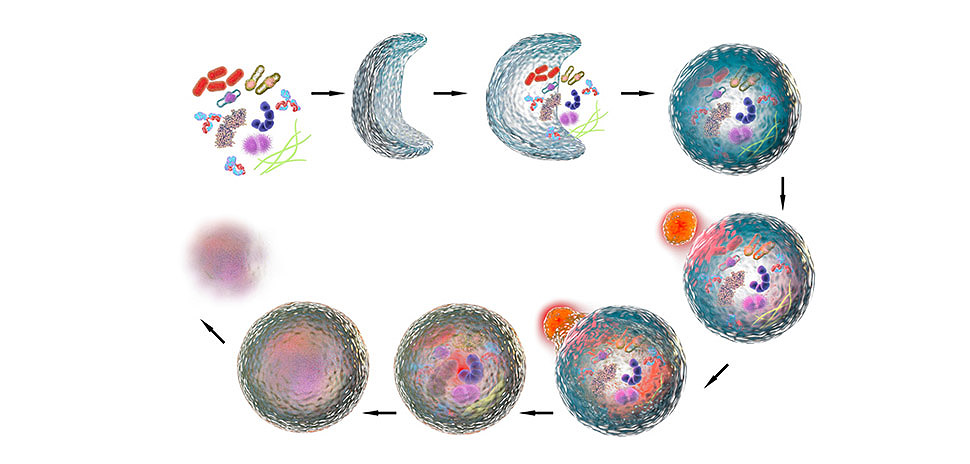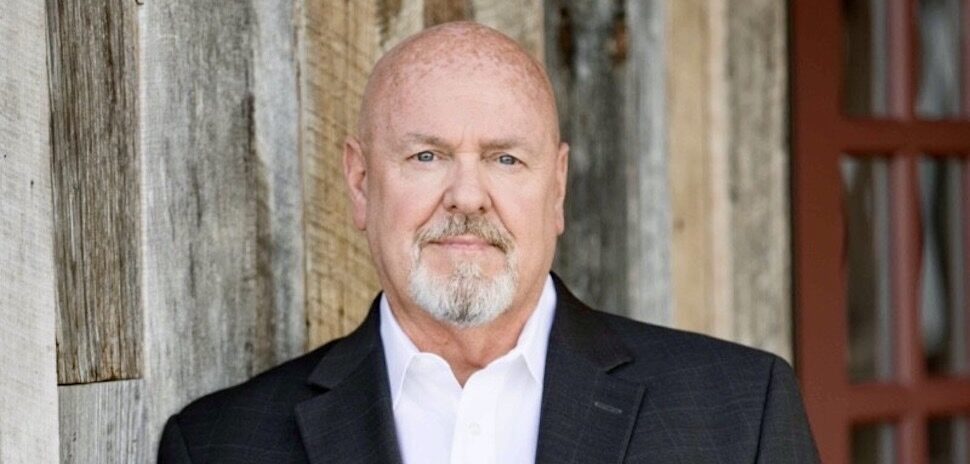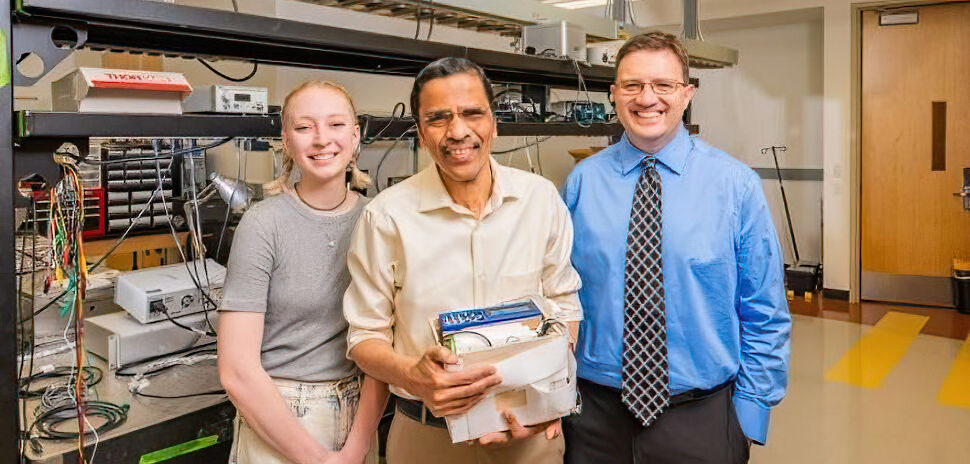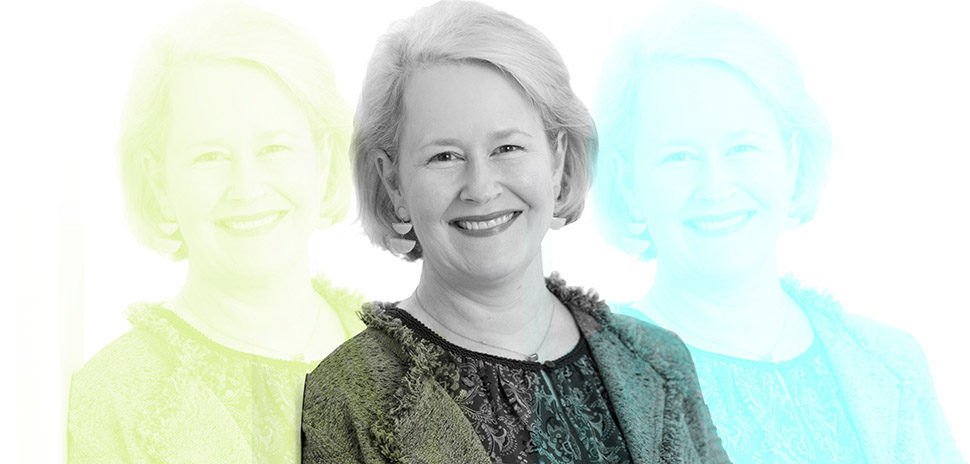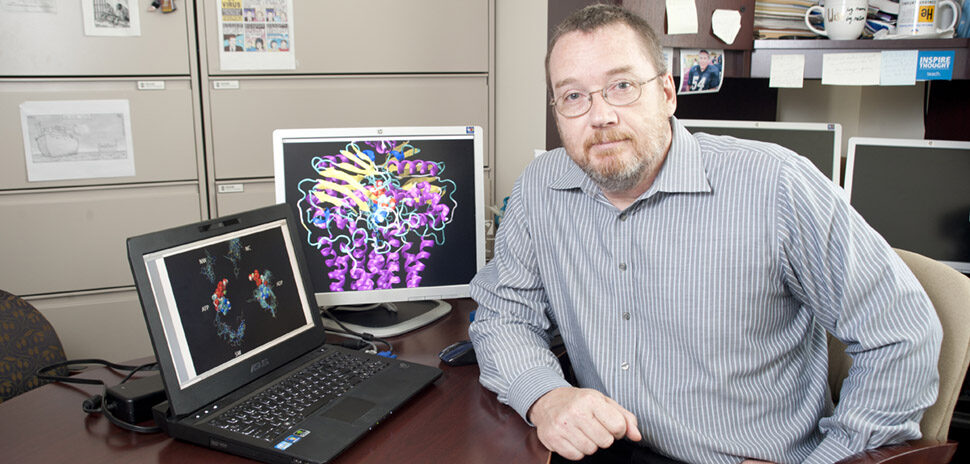![]() Every week, we do a little research of our own. We’re looking for scientists, professors, engineers, entrepreneurs—anybody, really—engaging in research and development across North Texas.
Every week, we do a little research of our own. We’re looking for scientists, professors, engineers, entrepreneurs—anybody, really—engaging in research and development across North Texas.
There’s plenty of good work being done. If you want to put R&D under your microscope, sign up for our e-newsletter.
UT Southwestern takes the lead in investigating a drug-resistant pathogen treatment
There’s been a lot of news in recent years about pathogens becoming more drug-resistant worldwide, as well as new pathogens emerging, with no way to treat them.
It’s a major health problem. Enter UT Southwestern Medical Center in Dallas, which has been selected to lead a five-year investigation into a promising new approach for controlling infections funded by a grant of up to $37 million.
“The process of autophagy takes place inside all human cells and is used to break down damaged parts of the cell.”
Dr. Beth Levine
The National Institutes of Health (NIH)-funded program will be headed by Dr. Beth Levine, director of UT Southwestern’s Center for Autophagy Research and a professor of Internal Medicine and Microbiology, the center said in a press release. The medical school says that Levine will serve as program director over five distinct research projects at UT Southwestern and nationally, all focusing on the potential to exploit a cellular process known as autophagy to destroy invading bacteria and viruses.
“The process of autophagy takes place inside all human cells and is used to break down damaged parts of the cell,” Levine said in a statement. She’s an internationally recognized expert in the field and a Howard Hughes Medical Institute Investigator who holds the Charles Cameron Sprague Distinguished Chair in Biomedical Science.
“Since the late 1990s, there has been a growing body of research showing that cells can also use autophagy to destroy pathogenic invaders and to regulate host immune responses to infectious diseases,” Levine said.
Discover more about the research here.
UTA engineering students’ treadmill revs up wheelchair athletes’ training
The UTA Movin’ Mavs are eight-time national champions in wheelchair basketball, so, how could the team get any better?
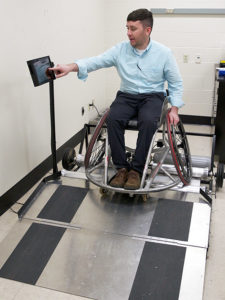
Brandon Griffin led a team that built a treadmill for wheelchair athletes. [Photo: Courtesy UT Arlington]
By using the ingenuity of mechanical engineering students, that’s how.
Using the engineering skills and knowledge they’ve learned, a UT Arlington senior design project team has built a treadmill that can be used by athletes in wheelchairs to enhance their training.
It’s an idea that’s been percolating for years, according to Brandon Griffin, the team leader on the project and a mechanical engineering student.
“There were about 12 to 14 projects that advisers put up on the board and that’s the one that appealed to us,” Griffin, a former sergeant in a U.S. Army tank unit, said. “Previous teams tried, but failed for different reasons. We came up with something that worked.”
Herb Booth explains here how the impetus for the project actually started with Movin’ Mavs Coach Doug Garner.
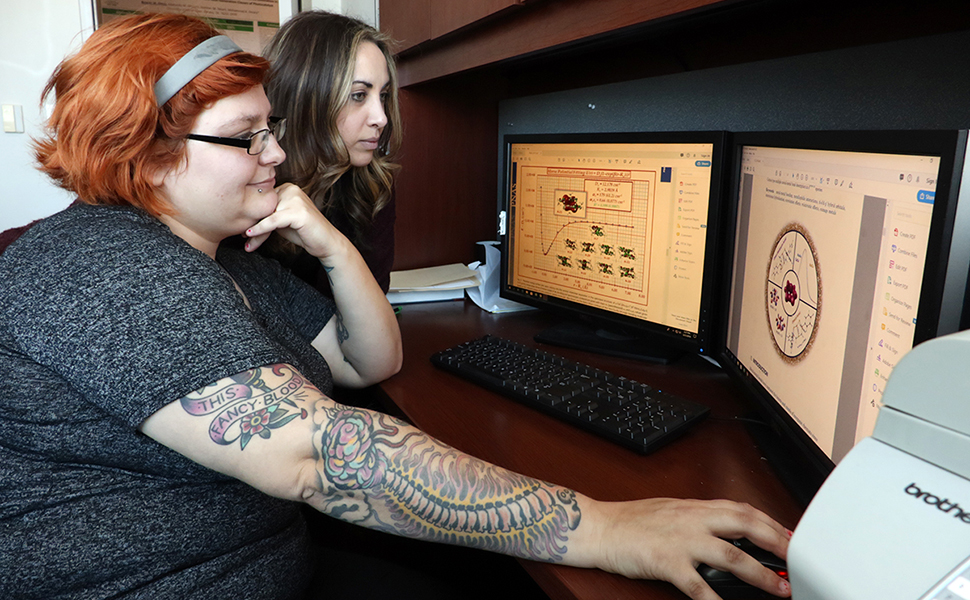
UNT students Brooke Otten (front) and Kortney Melancon have been credited with the discovery of a new chemical bond that will forever carry their names. [Photo: Courtesy UNT]
What’s in a name? This discovery’s named after UNT students
When you make a discovery, your name often gets tied to it into posterity. Take Einstein’s Theory of Relativity, for example.
That’s exactly what has happened to University of North Texas chemistry students Kortney Melancon and Brooke Otten, who have been credited with discovering a new chemical bond.
Just call it the The Otten-Melancon bond. Everyone else will.
It’s a fundamental discovery that shows two supposedly inert metals, gold and copper, interacting at the subatomic level, UNT said in a press release.
“Gold and copper are closed-shell metals. Unlike many metal atoms, they don’t adopt or give up electrons. They have “shells” of electrons that stay in place. This means they are very stable and generally don’t interact with other stable atoms. What happened in our experiment wasn’t supposed to happen,” Otten, a graduating Ph.D. student in the College of Science, said in a statement.
Jim Rogers tells us here how the discovery was sort of an accident, and not what the students expected.
READ NEXT
Discovery: UTA Prof Gets $300K to Study Mycobacteria; UTSW Team Studies Liver Cancer Treatment
![]()
Get on the list.
Dallas Innovates, every day.
Sign up to keep your eye on what’s new and next in Dallas-Fort Worth, every day.

